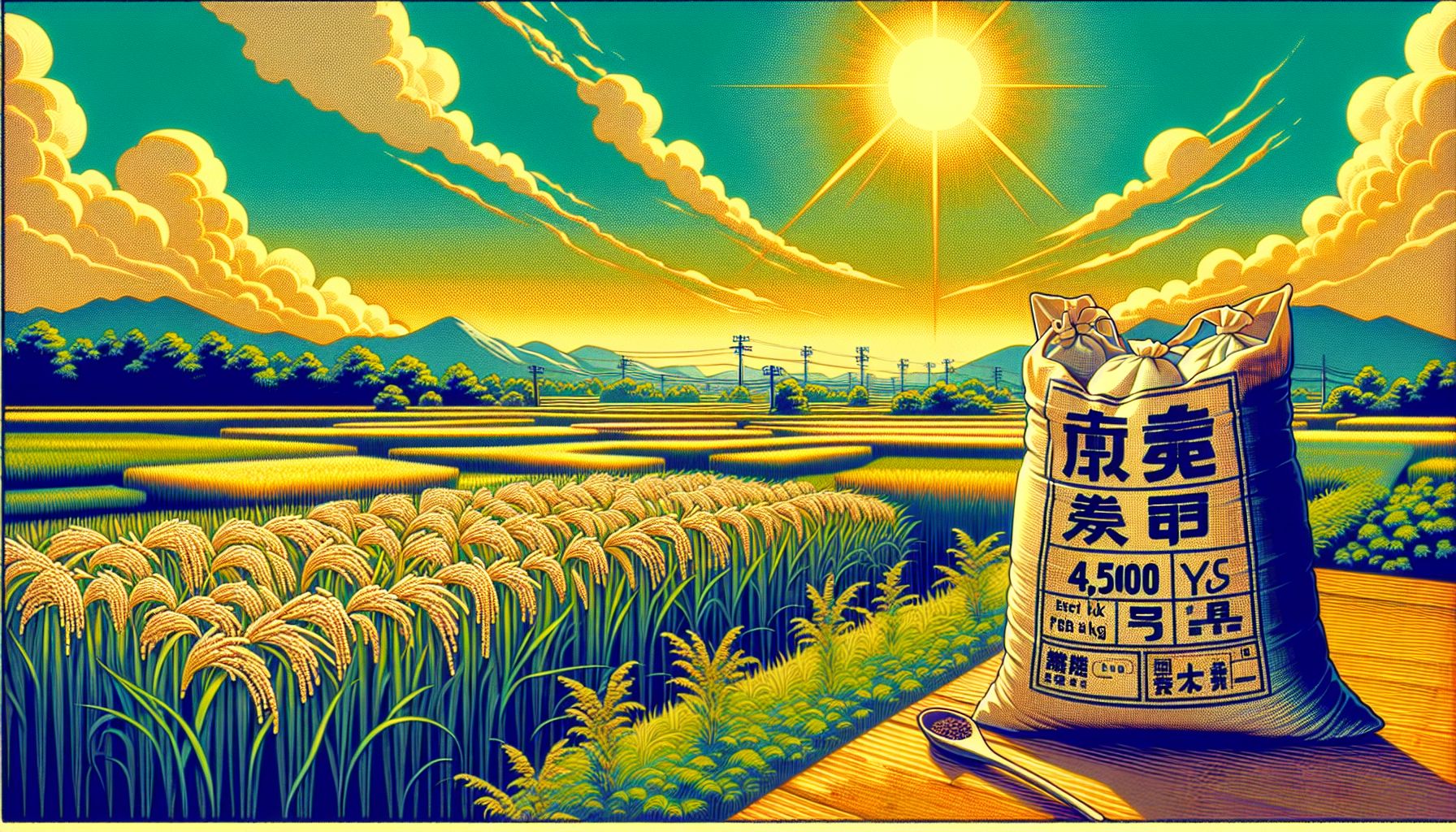New Japanese Rice Varieties Spark Growth in Agriculture

Tokyo, Wednesday, 9 July 2025.
Japan introduces innovative rice varieties with enhanced yield and resilience, priced at 4,500 yen per 5 kg, as demand for packaged rice climbs.
Innovative Rice Varieties: A Boost to Japan’s Agriculture
On July 9, 2025, Japan introduced innovative rice varieties like ‘Hitomebore’ from Okinawa Prefecture at a price point of 4,500 yen per 5 kg, significantly boosting the agricultural sector. These varieties are recognized for their high yields and resilience against pests and extreme weather conditions, thereby reducing the need for pesticides and water compared to traditional strains, as highlighted by Dr. Akiko Tanaka at the Okinawa Prefectural Agricultural Research Center [1][2]. These advancements align with Japan’s ambition to enhance its rice exports to 1 million tons annually by 2030, reflecting a strategic push to meet global food demands [3].
South Korea’s Ambitious Rice Export Plans
In parallel, South Korea is embarking on a large-scale project to elevate its rice industry to international standards. The Rural Development Administration has announced plans to develop high-quality, long-grain rice varieties that would bolster export capabilities. This initiative aims to harness Southeast Asia’s prevalent Indica-type rice through advanced breeding and cultivation technologies, thereby cultivating a stable foundation for domestic consumption and export [4]. By 2030, South Korea aspires to not only meet local demand but also achieve significant export growth [5].
Sustainable Practices in Rice Cultivation
Sustainable agriculture practices are being championed alongside these innovations. The Shiga Prefecture’s organic rice, ‘Kiramizuki,’ has been recognized for its rigorously sustainable cultivation practices. Certified under the organic JAS guidelines, this rice has been adopted by high-end venues such as the Palace Hotel Tokyo. It symbolizes a commitment to environmental stewardship, reducing chemical usage while maintaining high quality [6]. In tandem, Japan’s Ministry of Environment emphasizes guidelines for emergency measures in agriculture, ensuring safety and transparency in rural-urban farming interfaces [7].
Conclusion: A Forward-looking Agricultural Strategy
The introduction of these resilient rice varieties represents a pivotal moment in Asian agriculture, particularly for Japan and South Korea, as they strive to modernize and expand their agricultural export capabilities. These developments do not merely meet current demands but position these nations at the forefront of sustainable and technologically advanced agricultural practices. As global consumption trends continue to shift, these initiatives underscore a proactive approach to food security and environmental conservation [1][4][6].
Bronnen
- www.agrinews.co.jp
- www.agrinews.co.jp
- www.okinawatimes.co.jp
- www.agrinet.co.kr
- www.maff.go.jp
- gourmetpress.net
- www.naro.go.jp